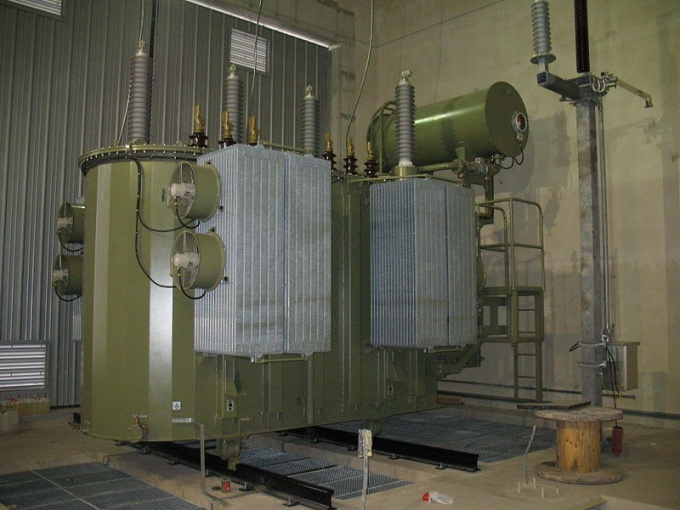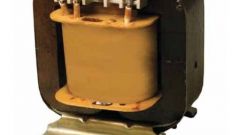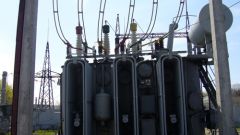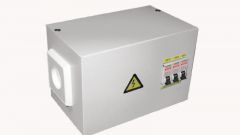You will need
- The transformer, voltmeter, tools.
Instruction
1
We should not think that network winding of the power transformerand is always that which has the maximum resistance, or the greatest number of turns. There are so-called anode-filament transformers in the set of windings which are decreasing and increasing. However, if it is known that the transformer is step-down only, feel free to take the high resistance of the windings over the network.
2
When it is unknown whether all of the secondary winding are lower, consider the following hallmarks of primary winding: its conclusions are located at some distance from the rest, or it is wound in separate sections of the frame.
3
When in doubt, take a picture of the transformer, and then put the profile in the forum, do not forget to specify the brand of the device. You will soon receive information about the location of insights. Also make sure that the transformer is designed for voltage 220 V and frequency 50 Hz (there are 400-Hz, which at low frequency instantly burn out).
4
If the power winding has three leads, one of them is a tap to enable the 110 or 127 volt network. Find this combination of conclusions of the coil at which the maximum resistance is obtained - that they can be fed with 220 V. If the findings are not three, but four, it is usually a question of two separate windings which are to power from 220-volt mains must be connected not only sequentially, but also in phase.
5
Searching for the right way in-phase connection of the windings, connect them in series, connect to AC voltmeter, working at the limit of 500 V, then, without referring to the conclusions of the primary windings, one secondary feed AC voltage of several volts. Read the voltmeter, then disconnect the voltage, reverse the findings of one of their primary windings and repeat the experience, then remove the voltage. Option for maximum voltmeter readings and is correct.
6
Now, knowing the location of the primary winding (or windings of the two) connect it (either two windings in series and in phase) to the network via a fuse, the rated current of which select depending on the power transformera (0.05 A per 10 watts). Then carefully, without touching any of the leads (secondary winding can also be high voltage!), measure with a voltmeter variable voltage produced by the transformerohms.
7
To get from AC to DC, connect to the secondary winding of the rectifier with a filter. Observe polarity when connecting the output of the bridge to the electrolytic capacitor. Note that the voltage at the output of the filter will increase 1.41 times compared to the current value of the voltage on the secondary winding.
8
All perepiski engage when de-energized the transformere, and if the rectifiers high voltage before touching the parts, not only obestochivaete transformer, but also discharges the capacitors of filters. Do not exceed the maximum currents of the individual windings and the total power consumed by the transformerand as a whole.



